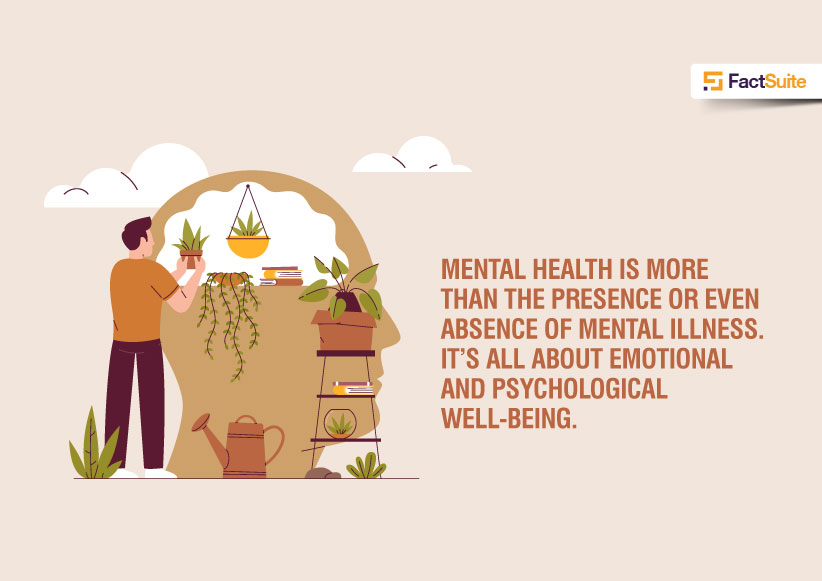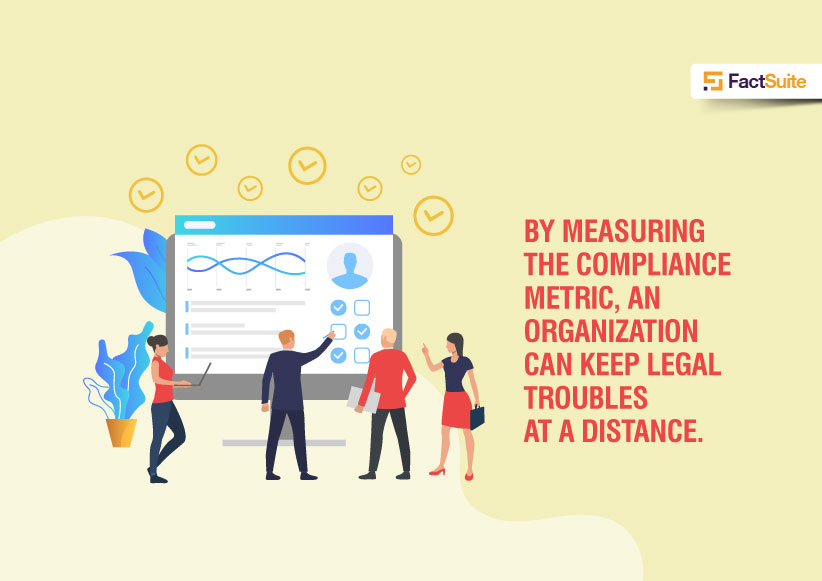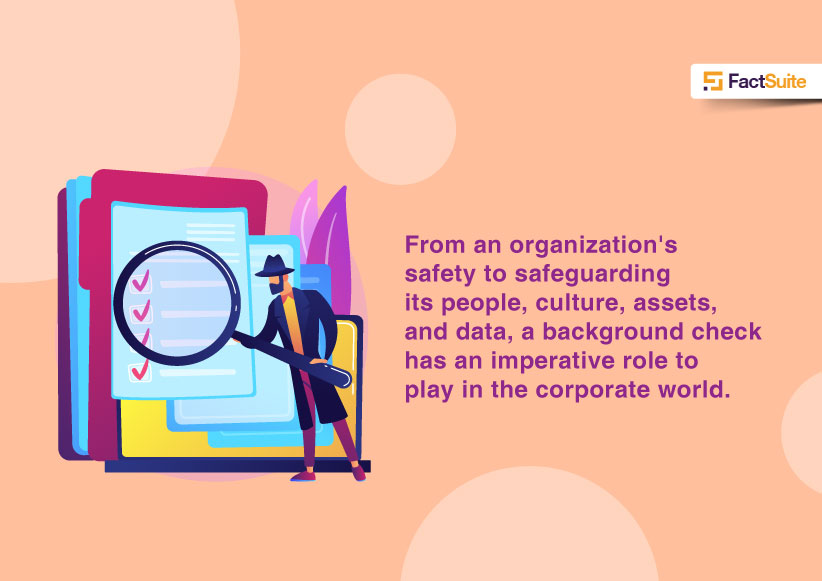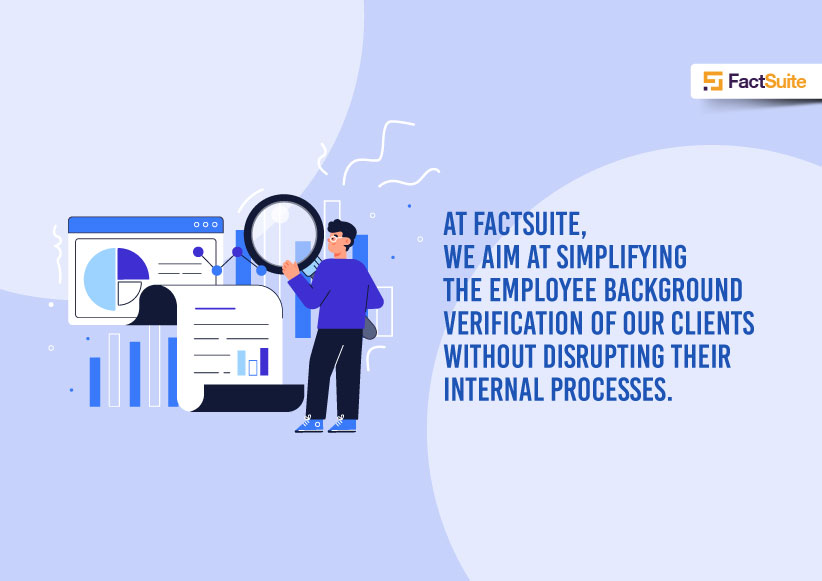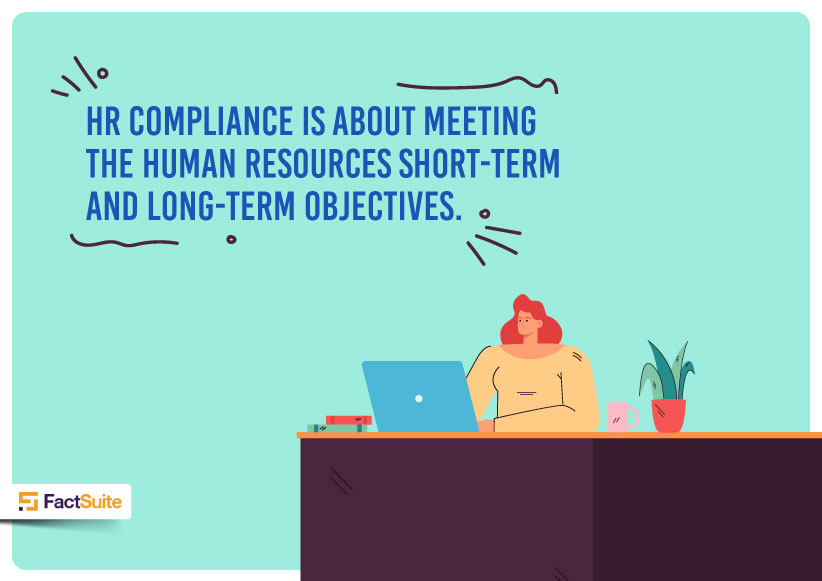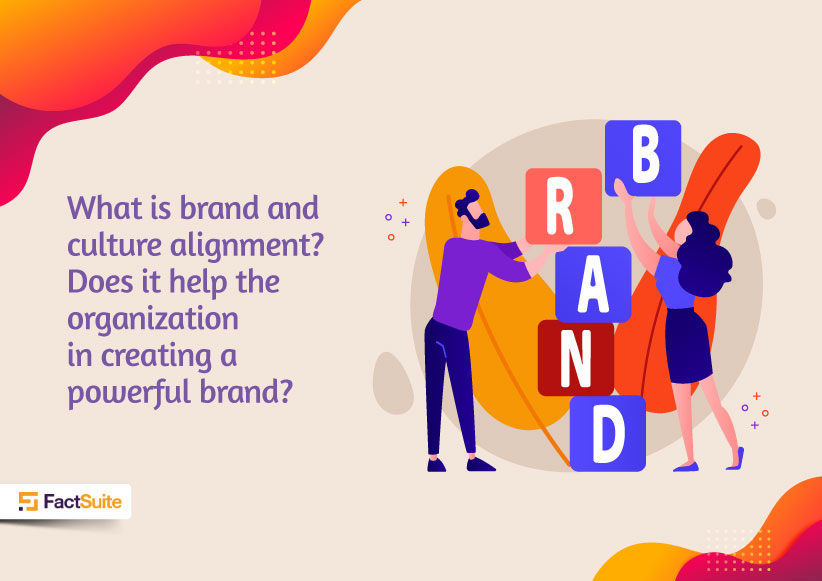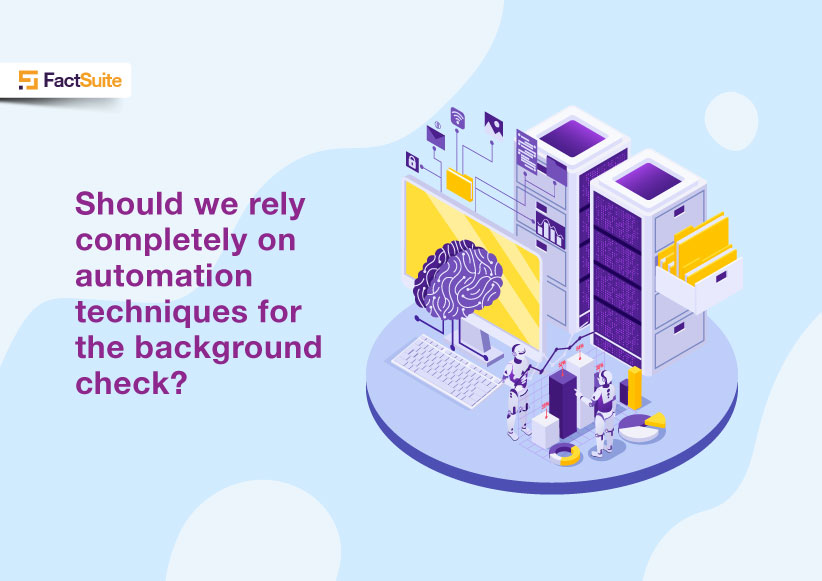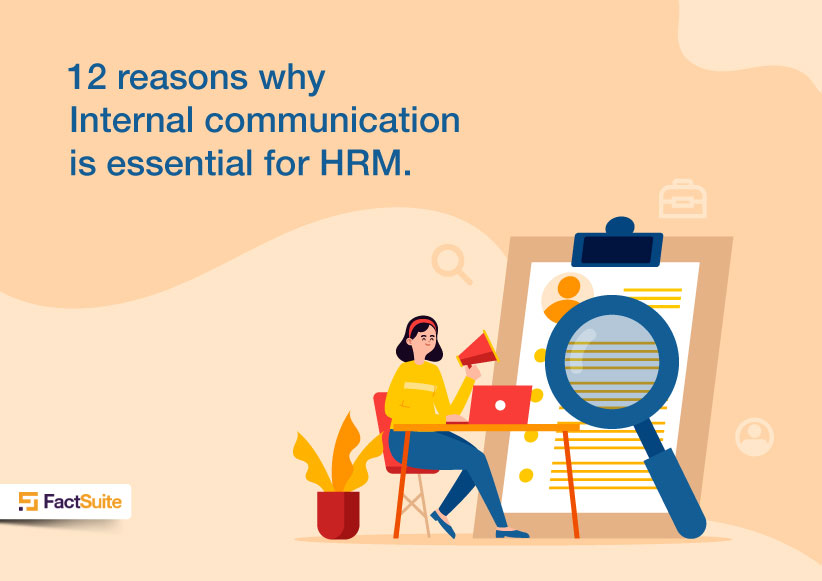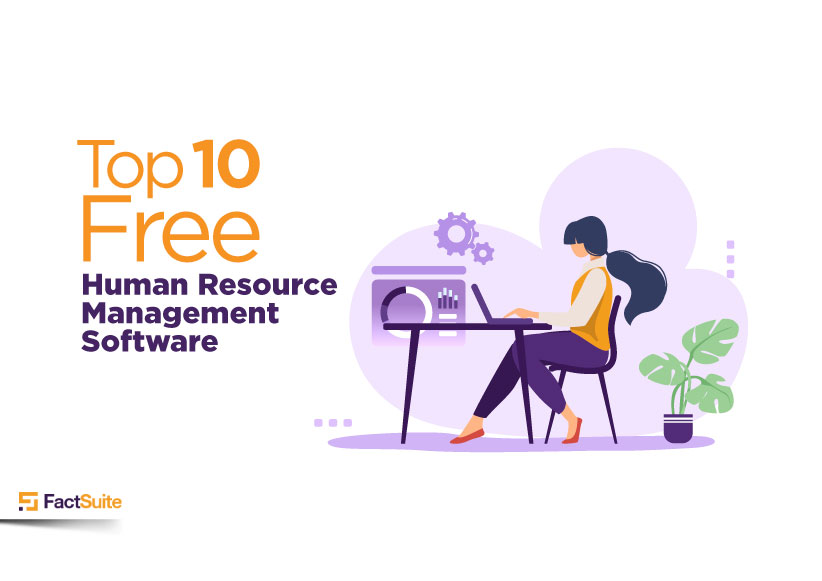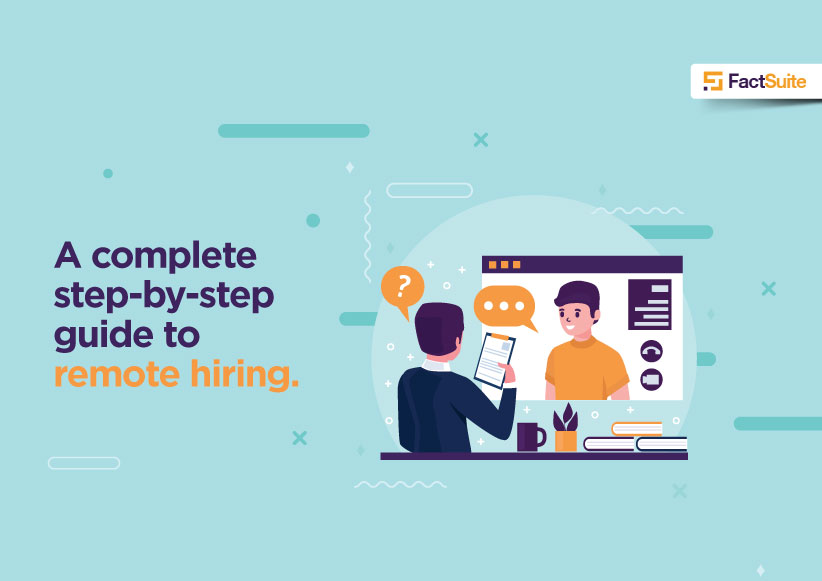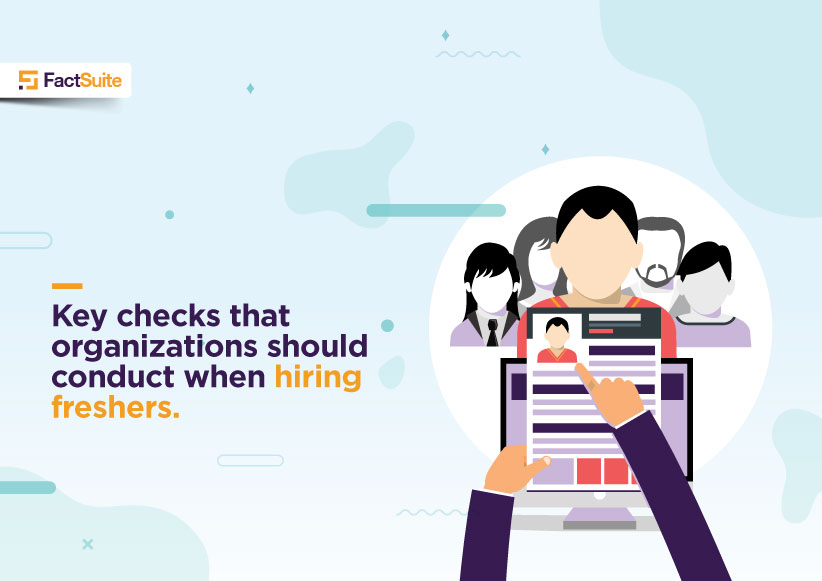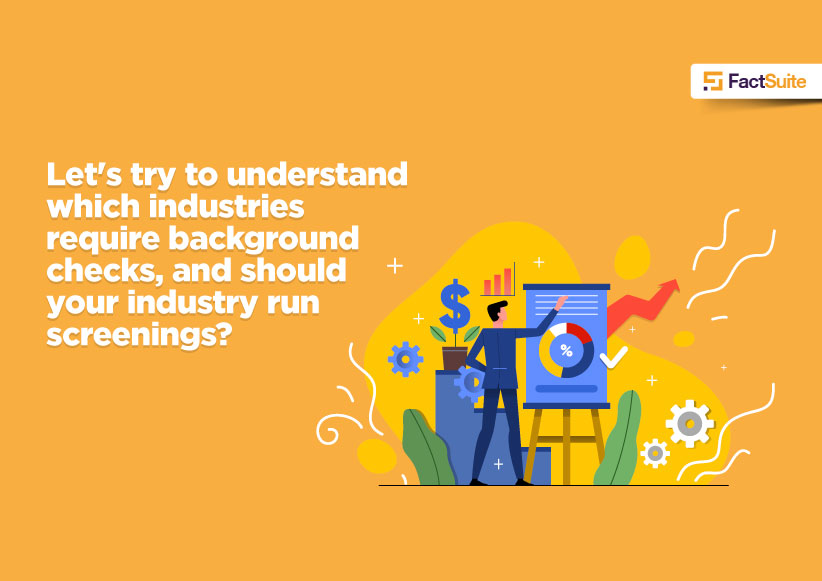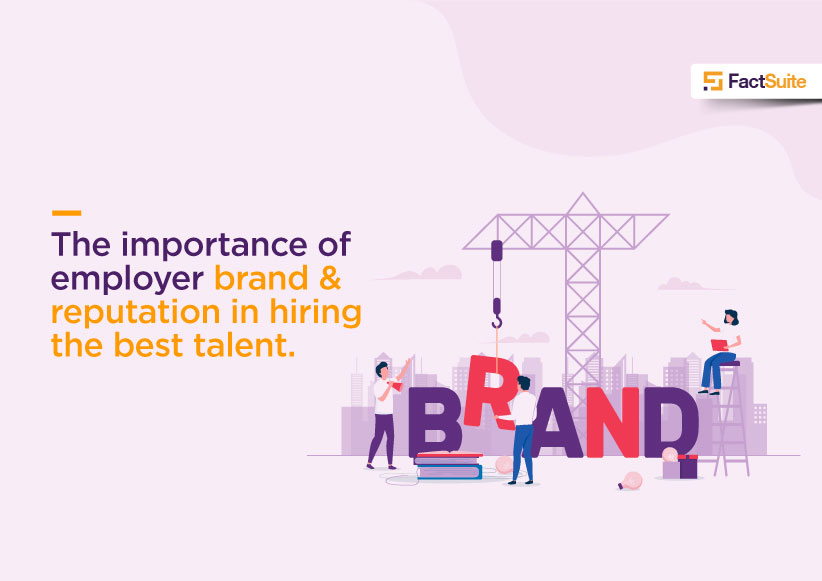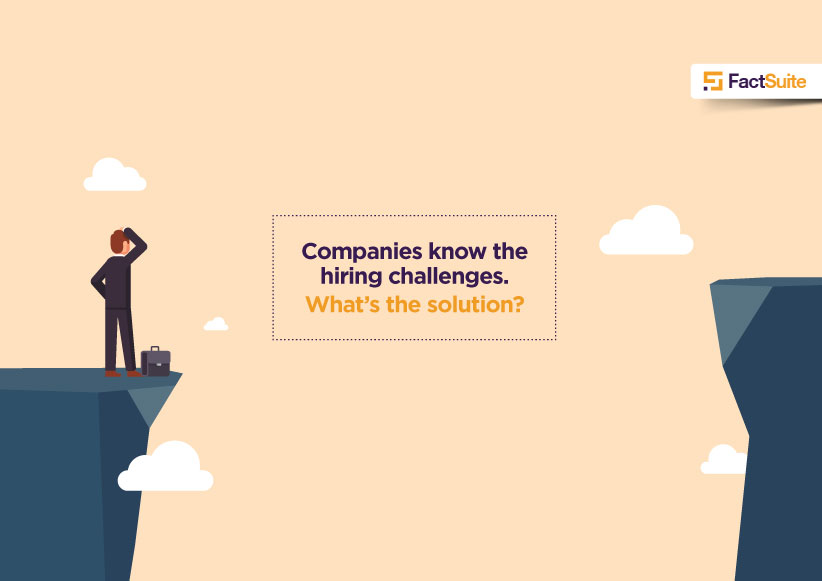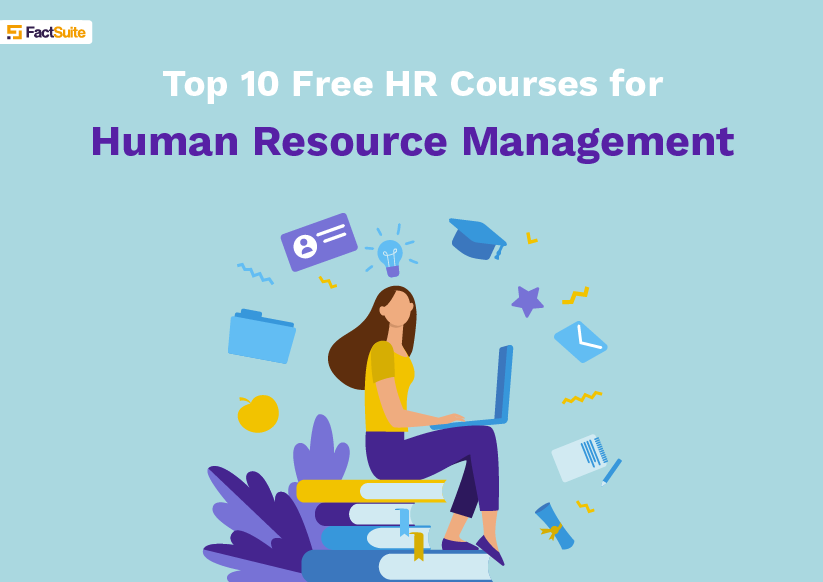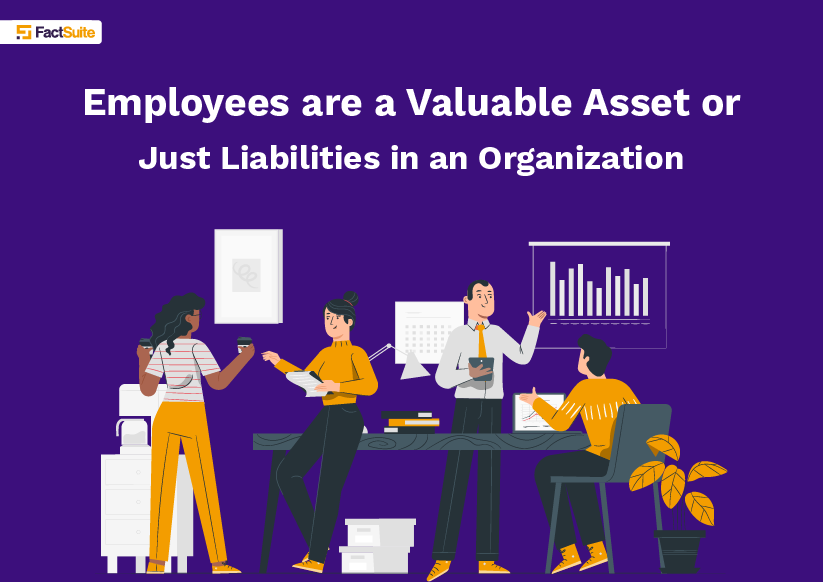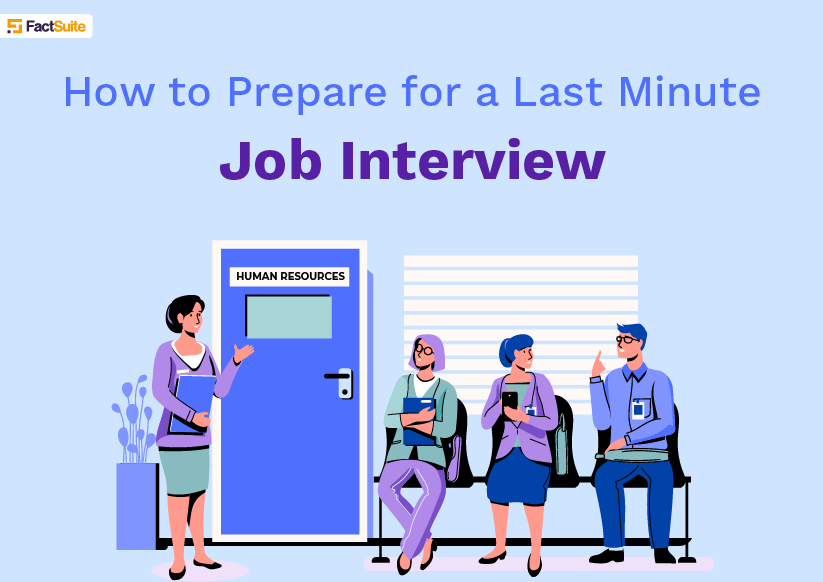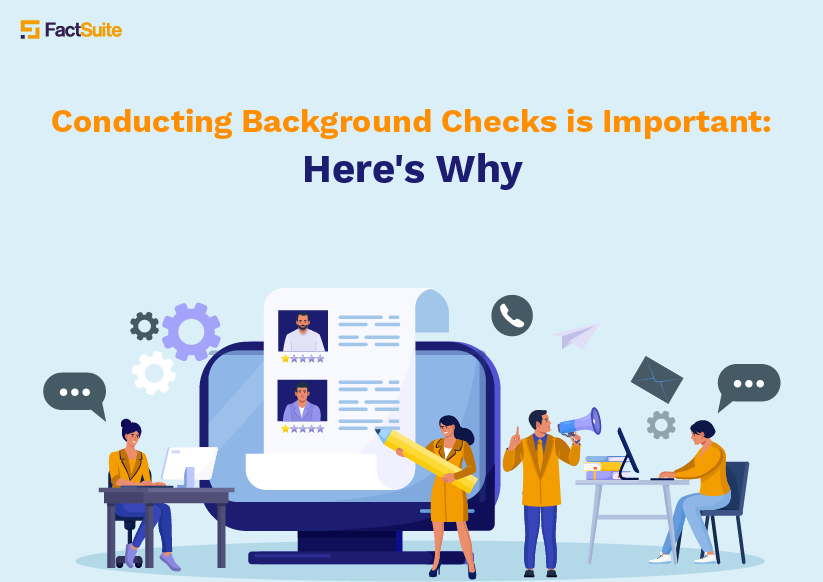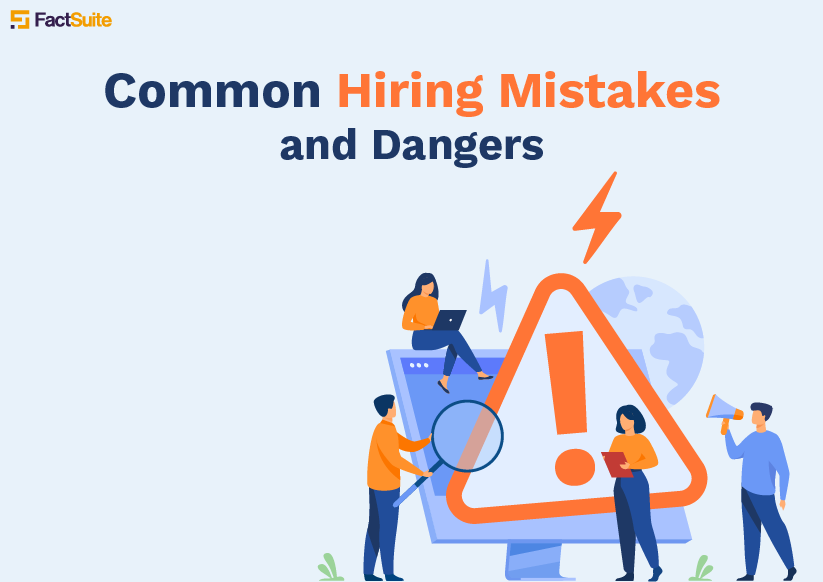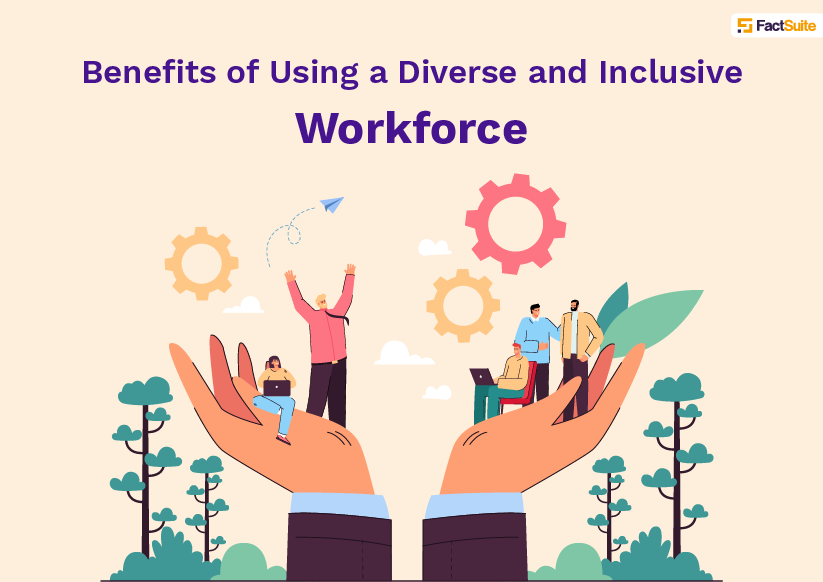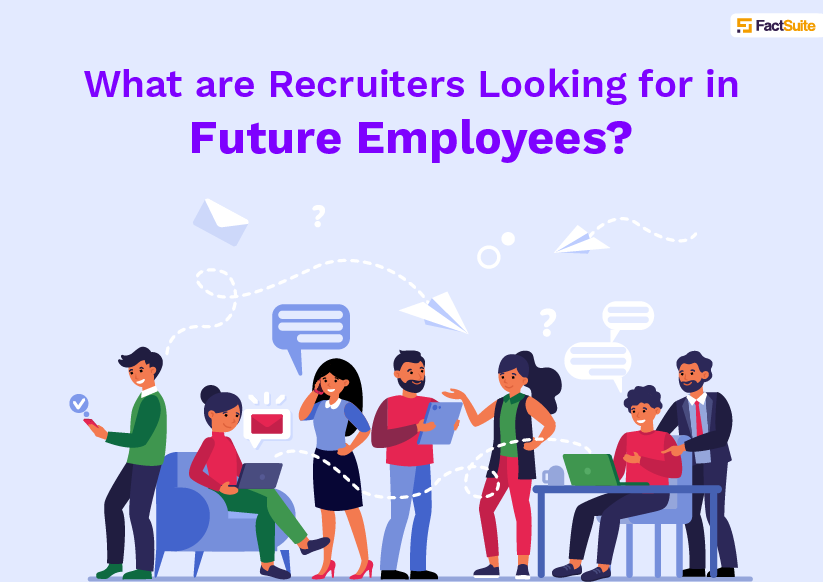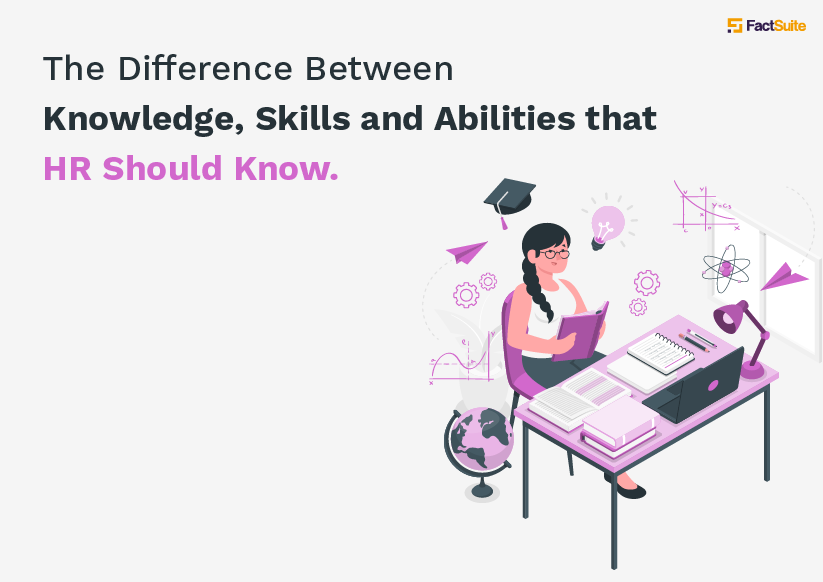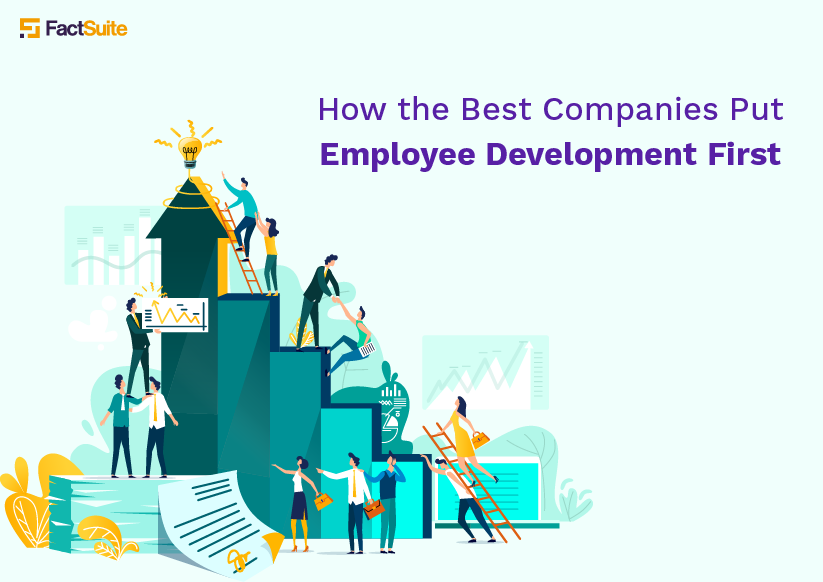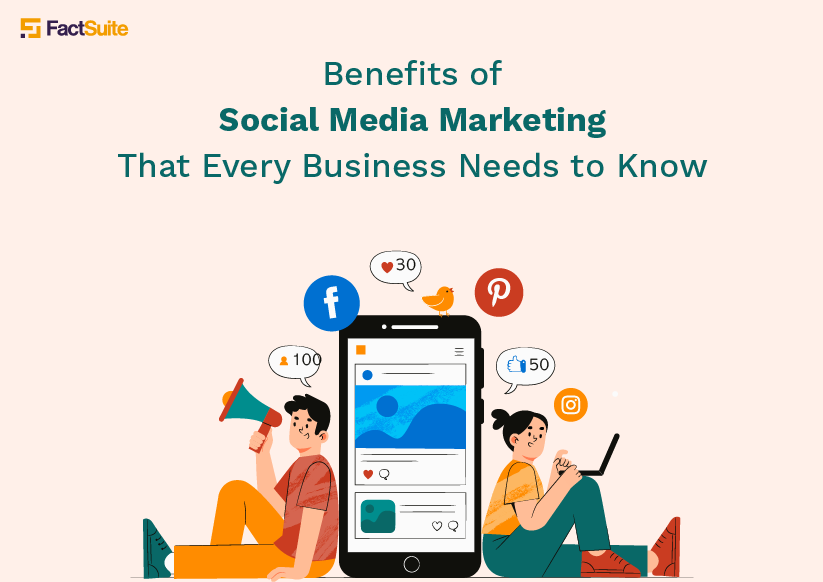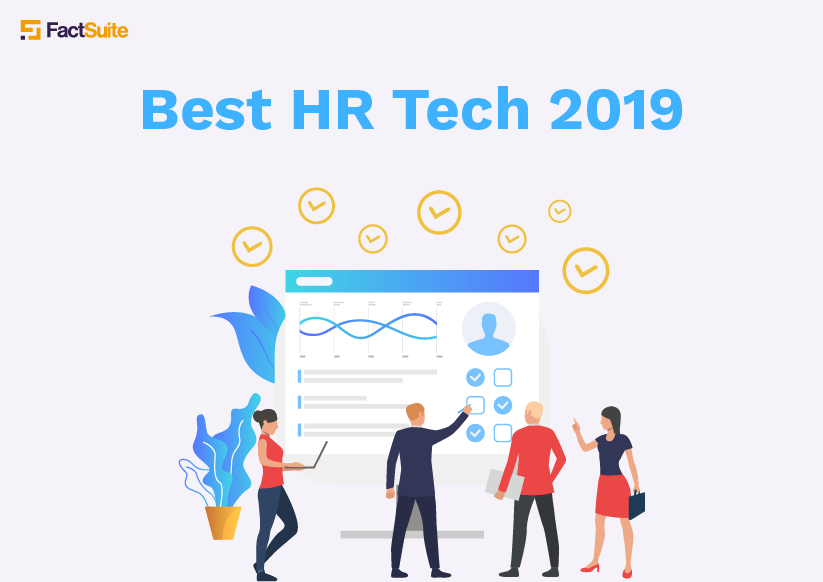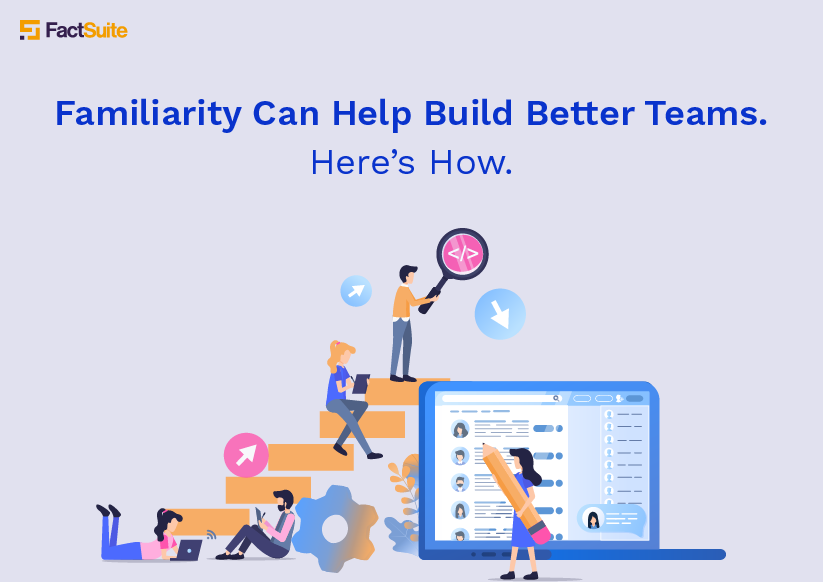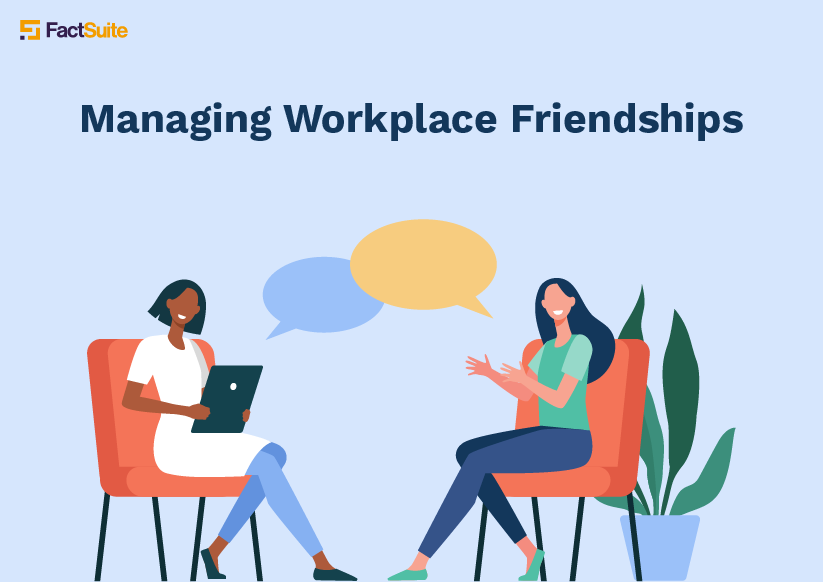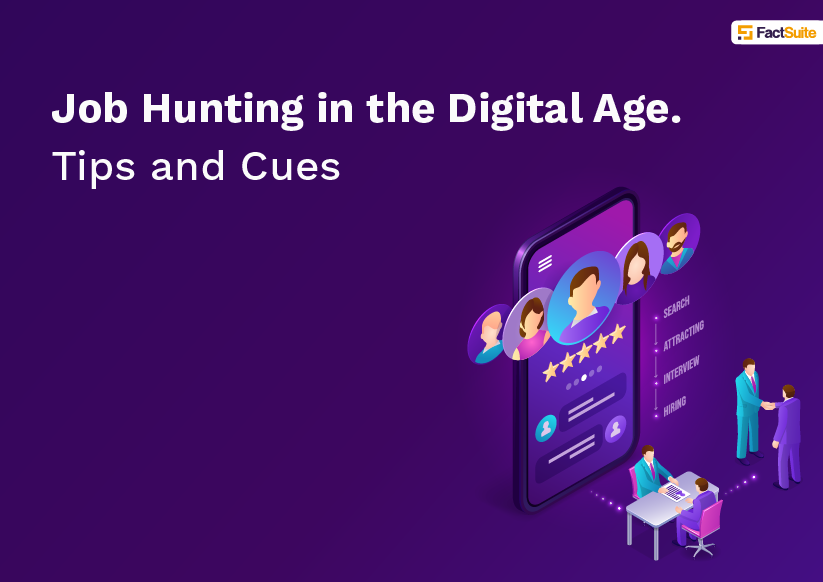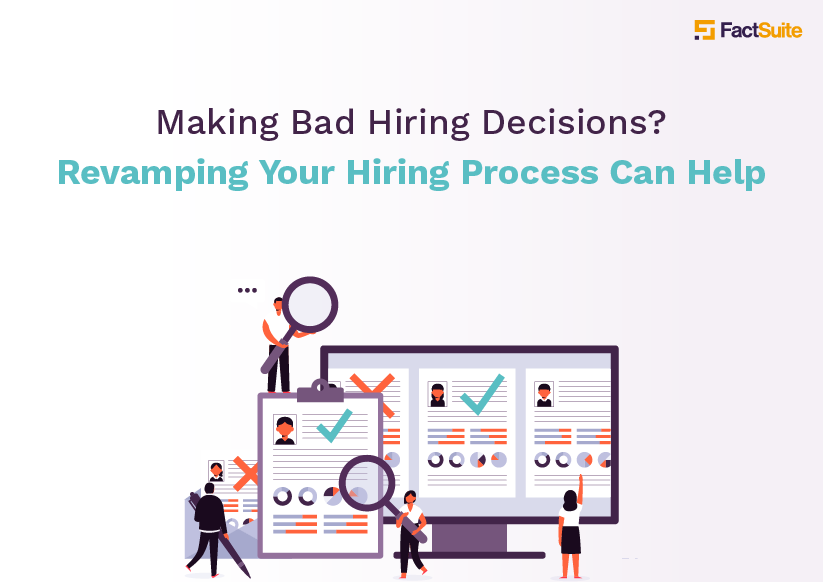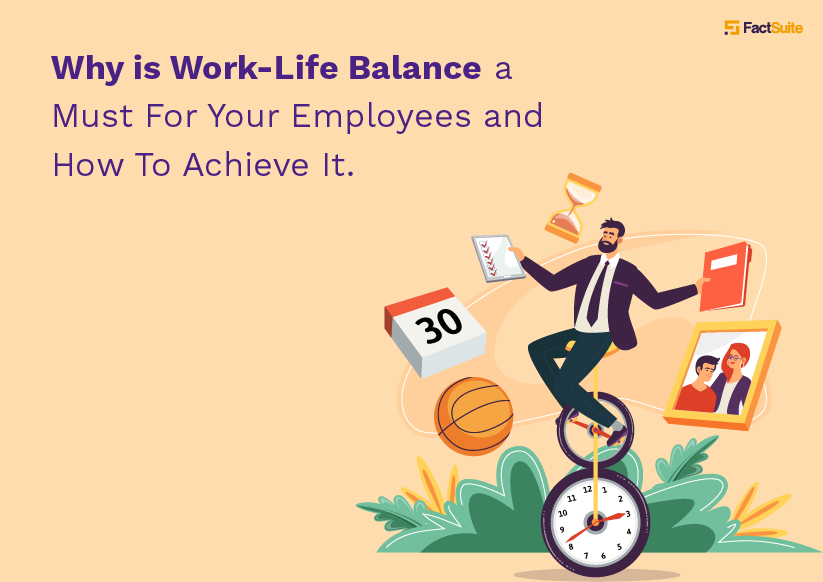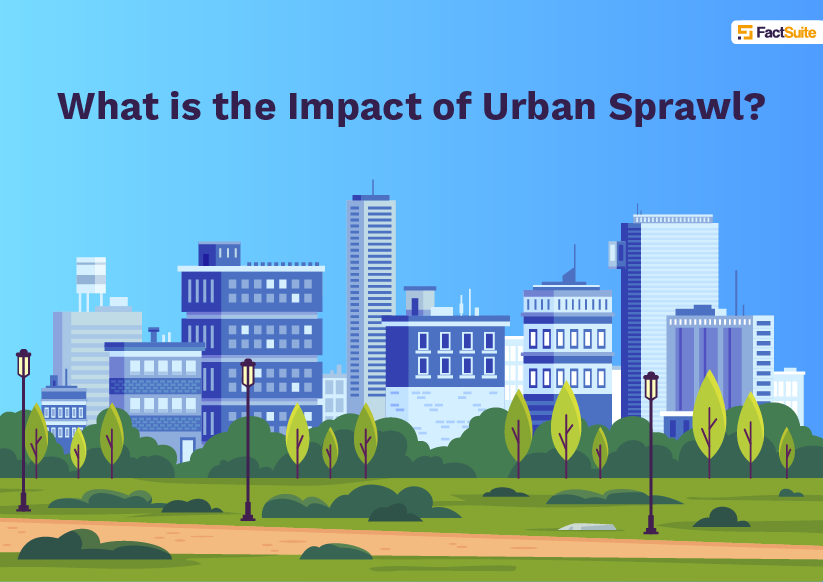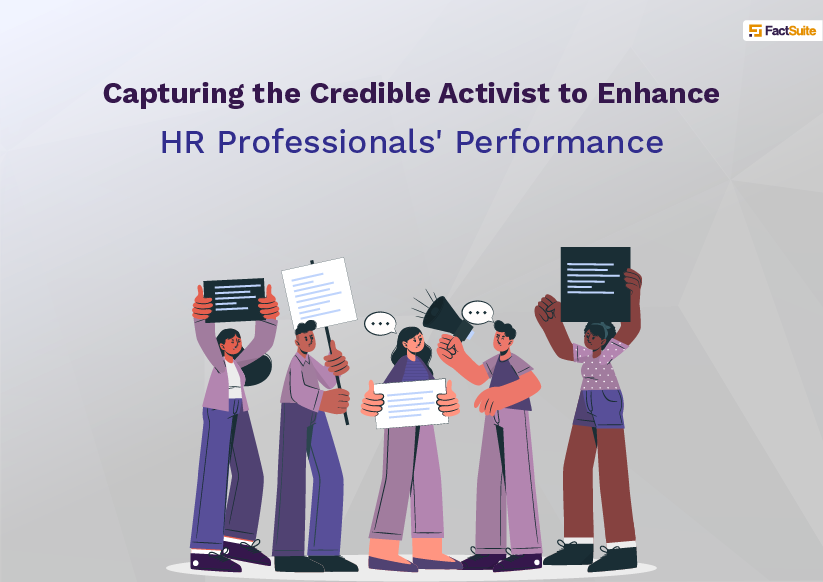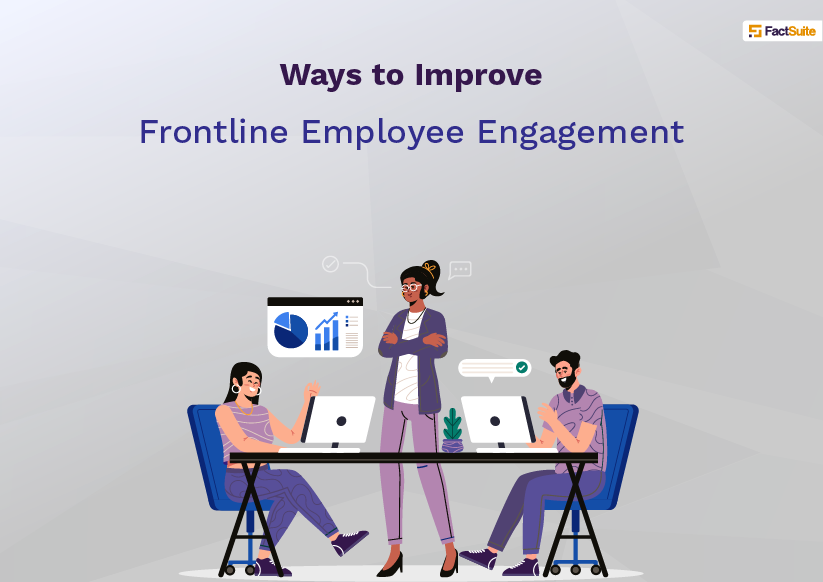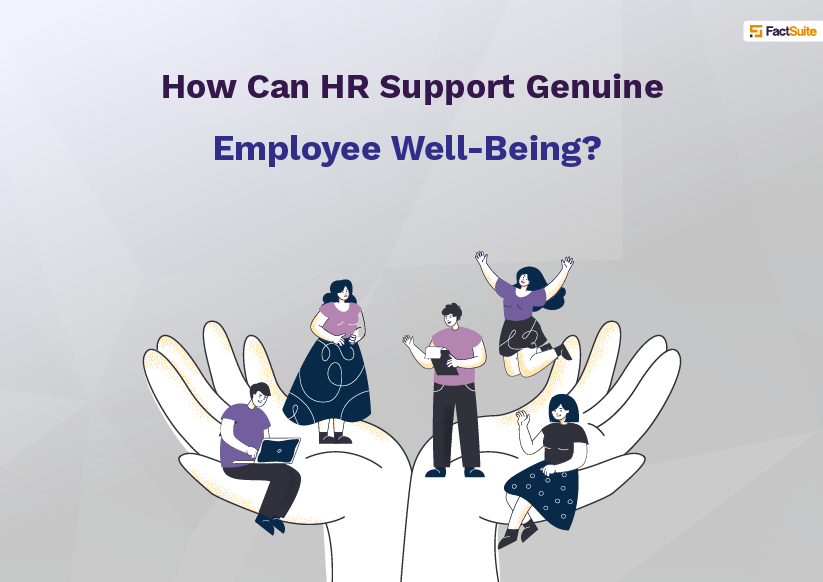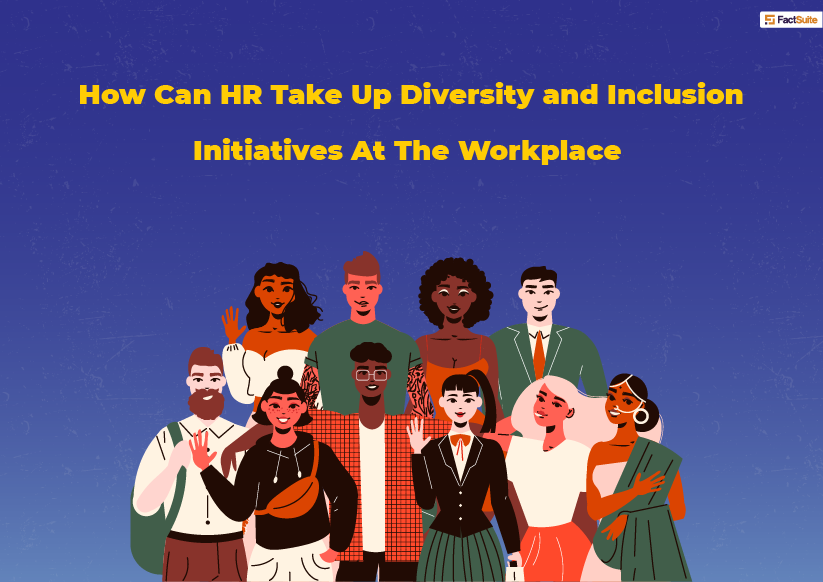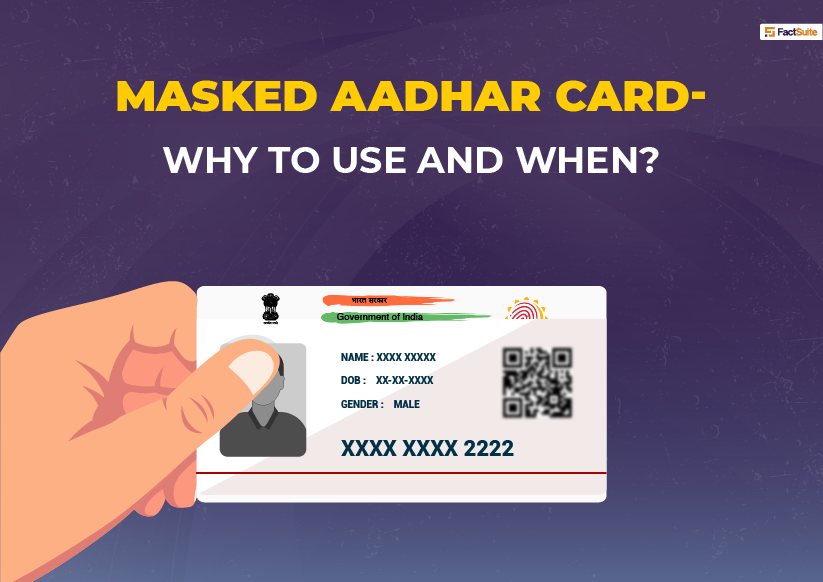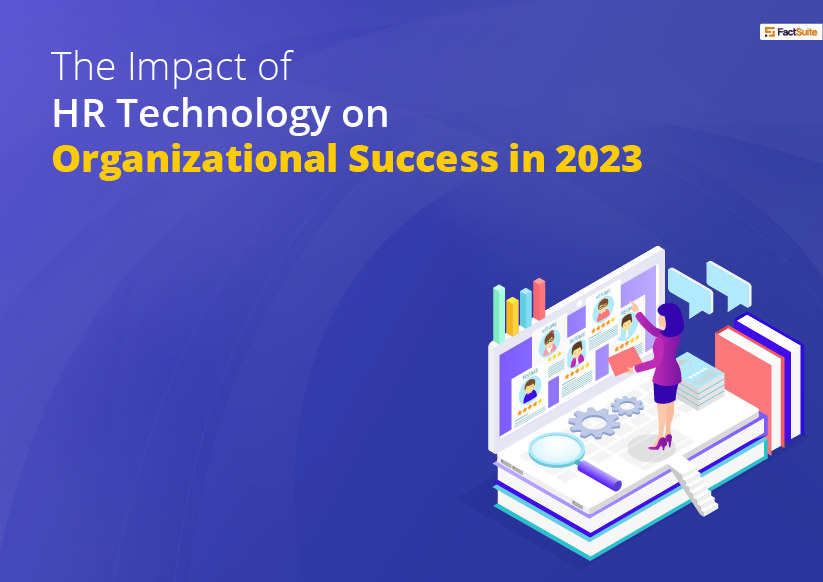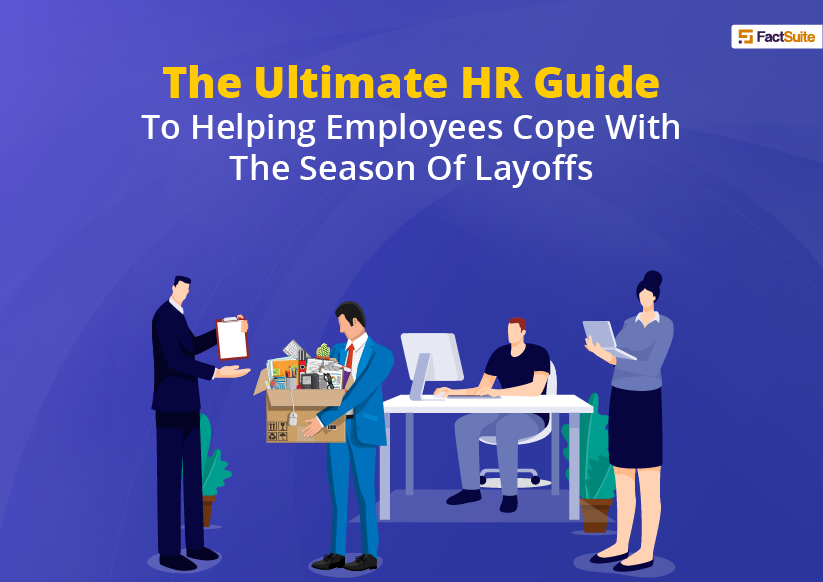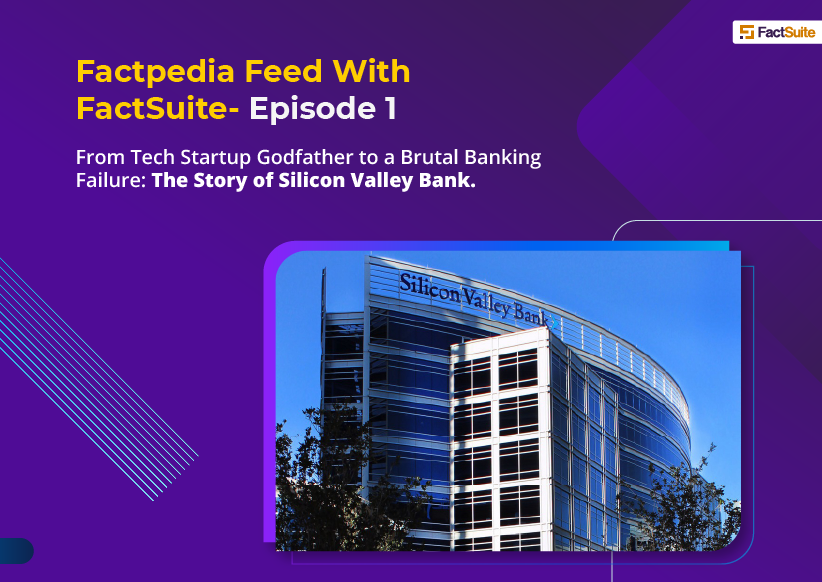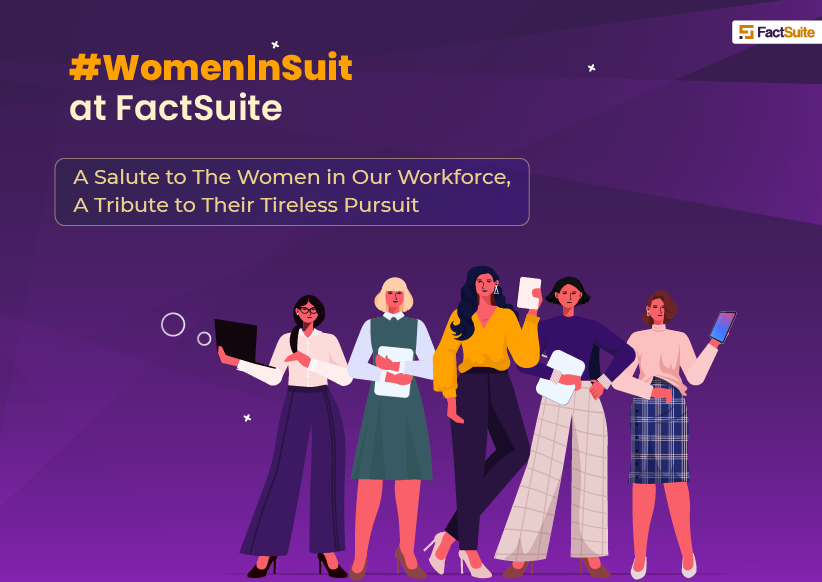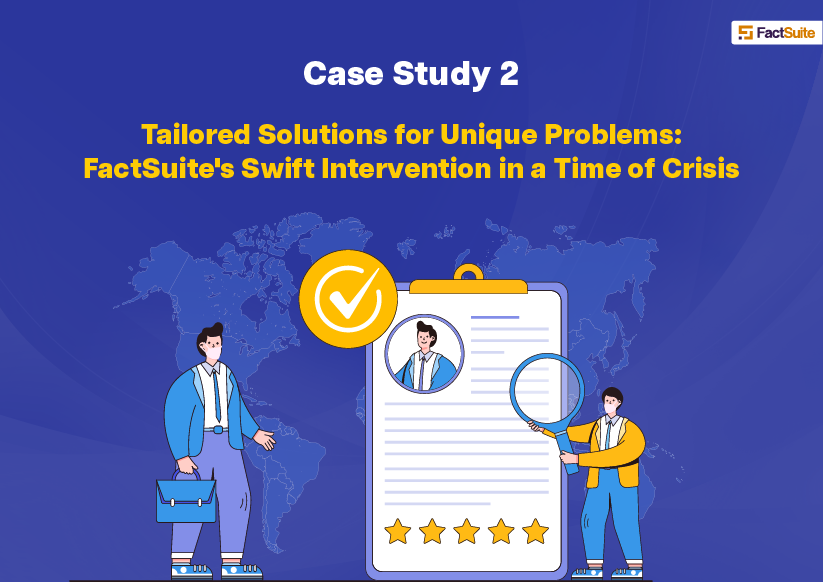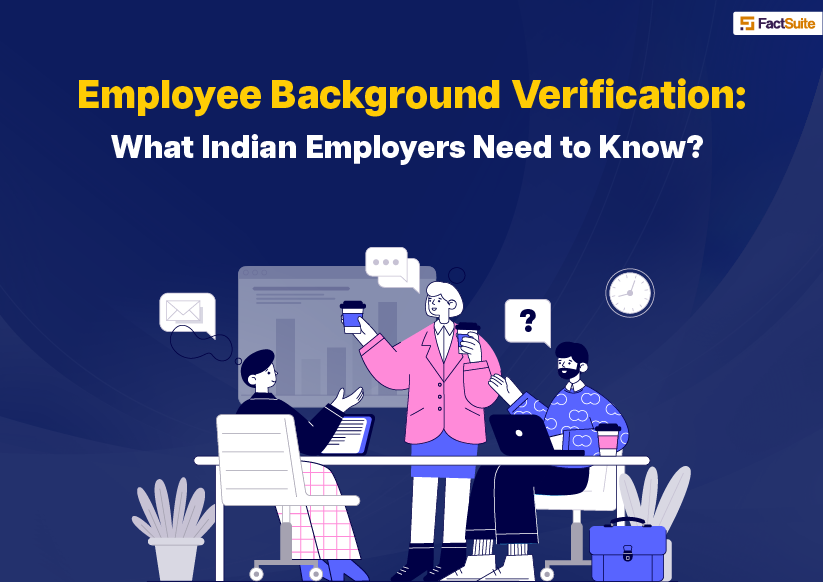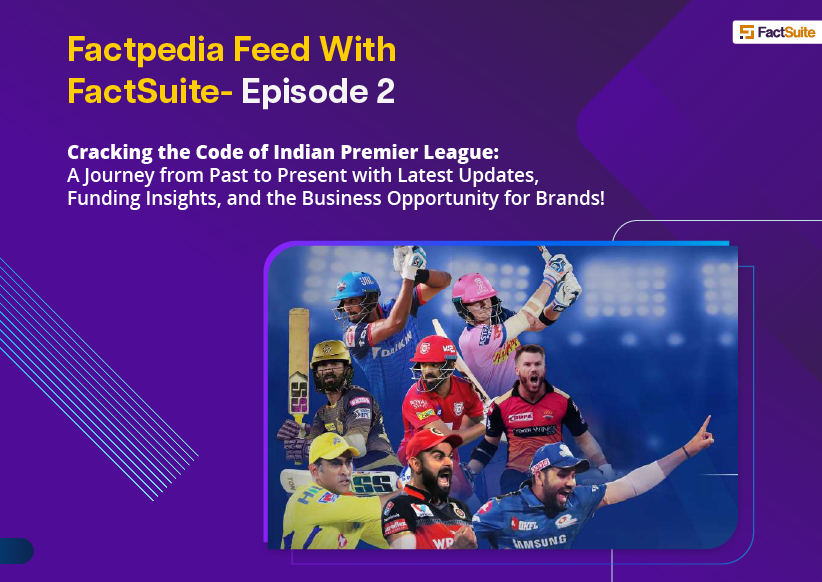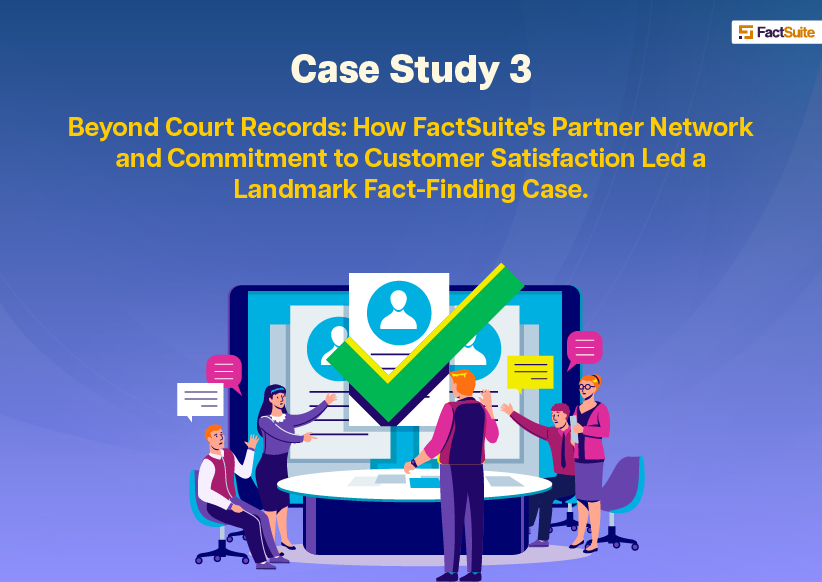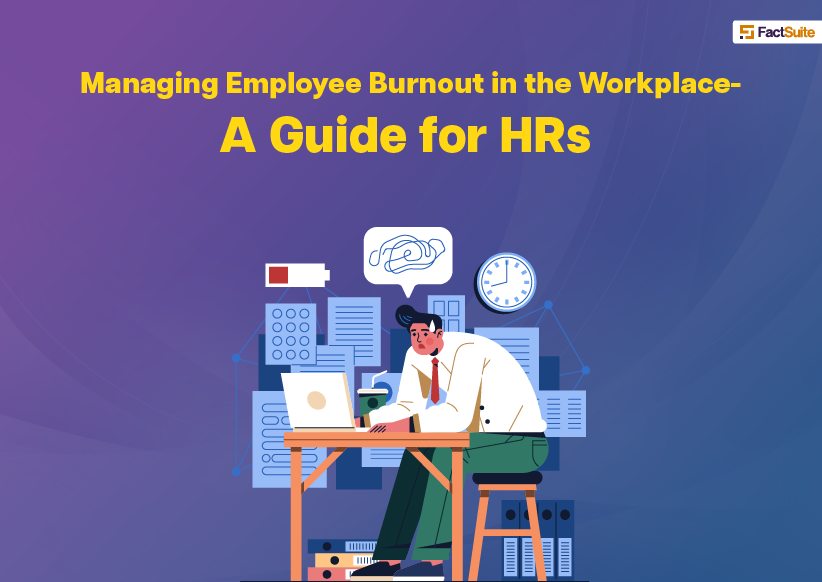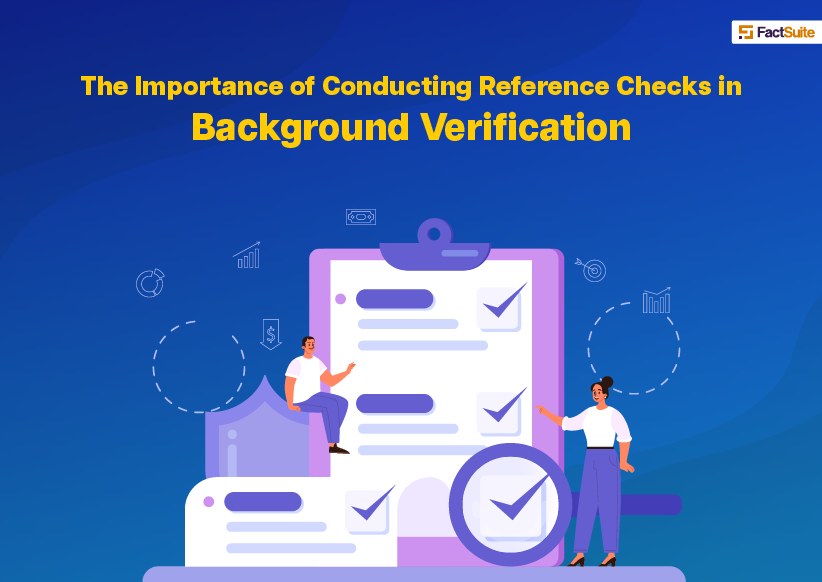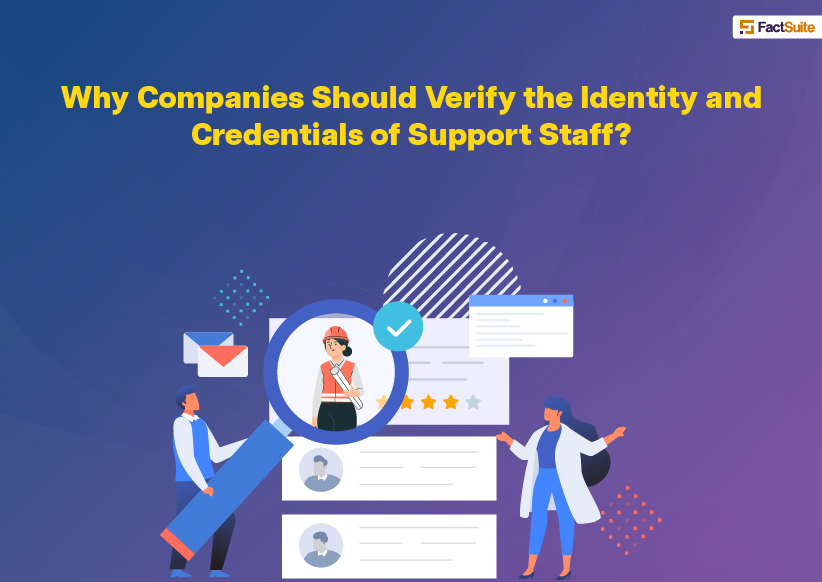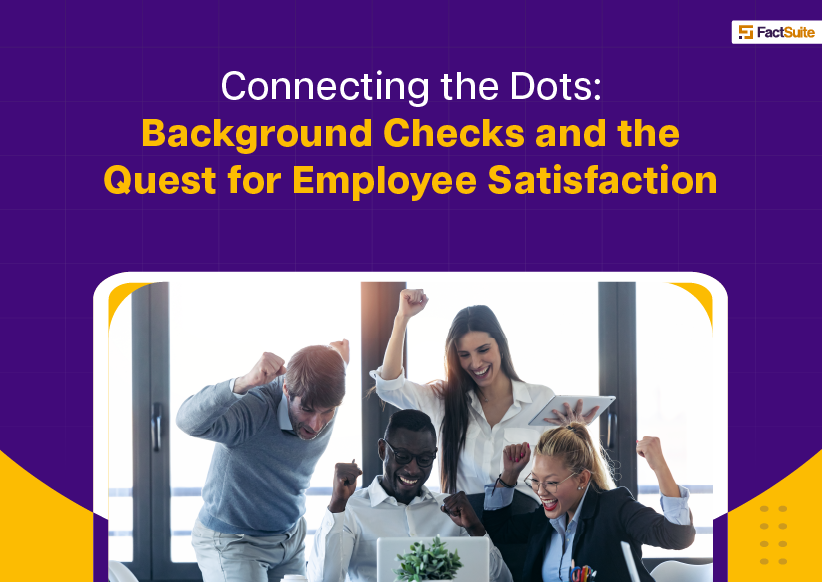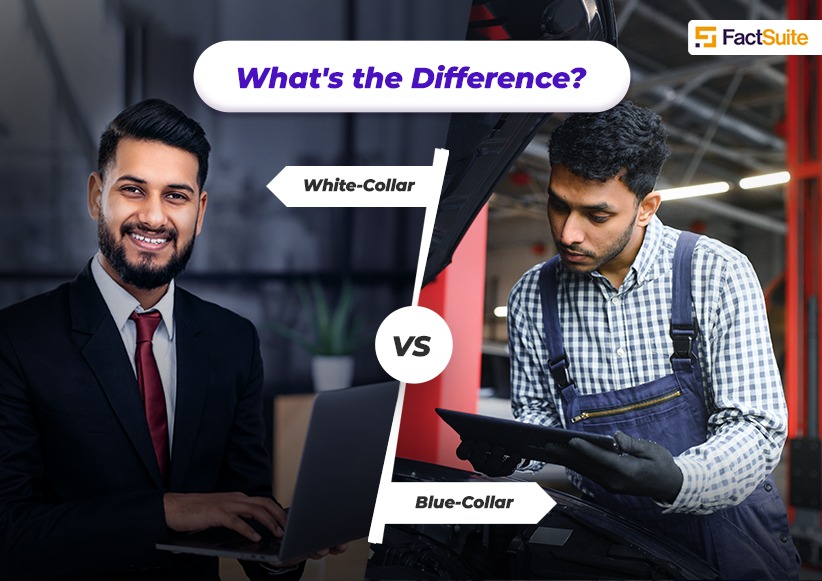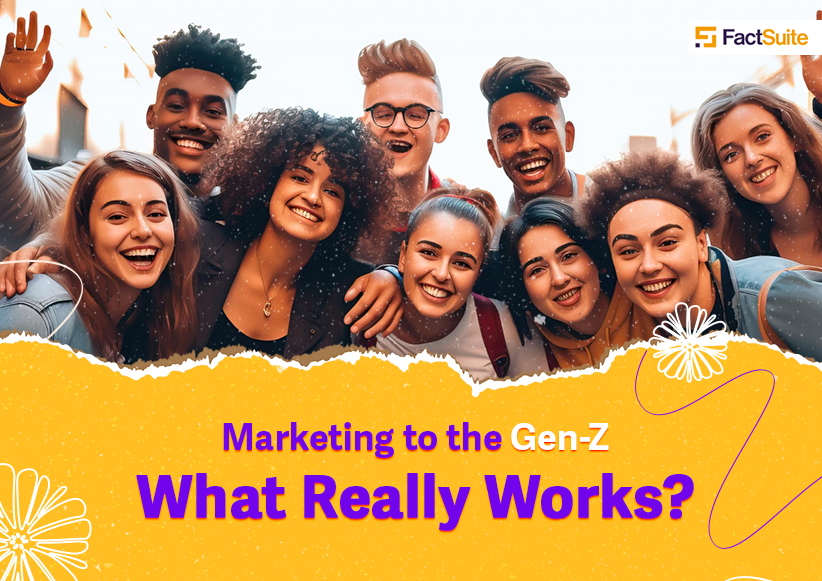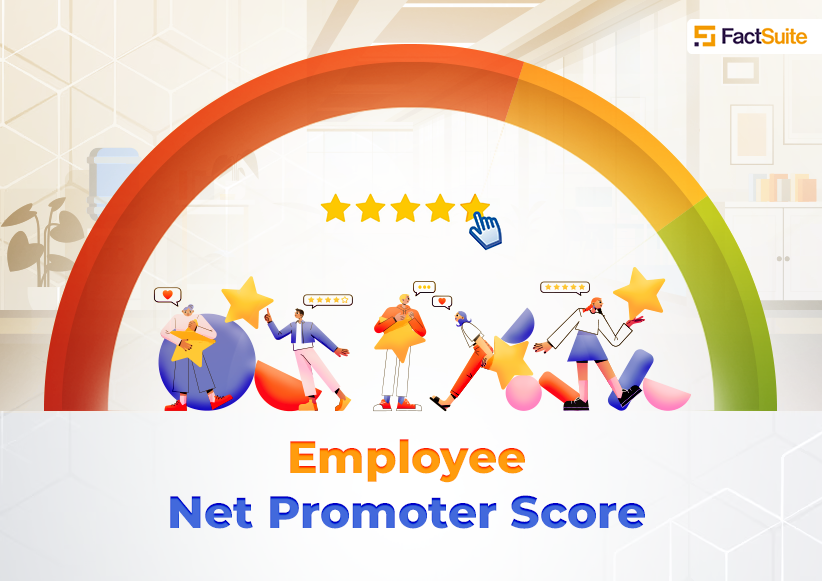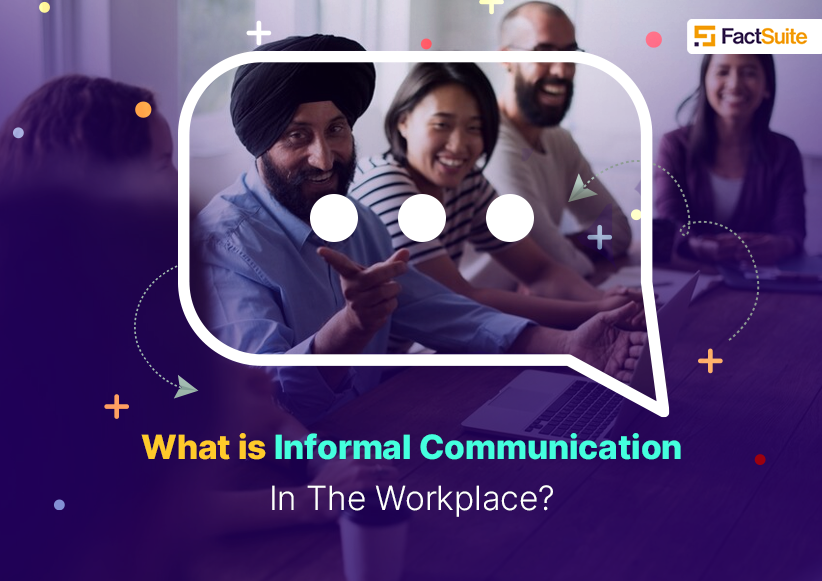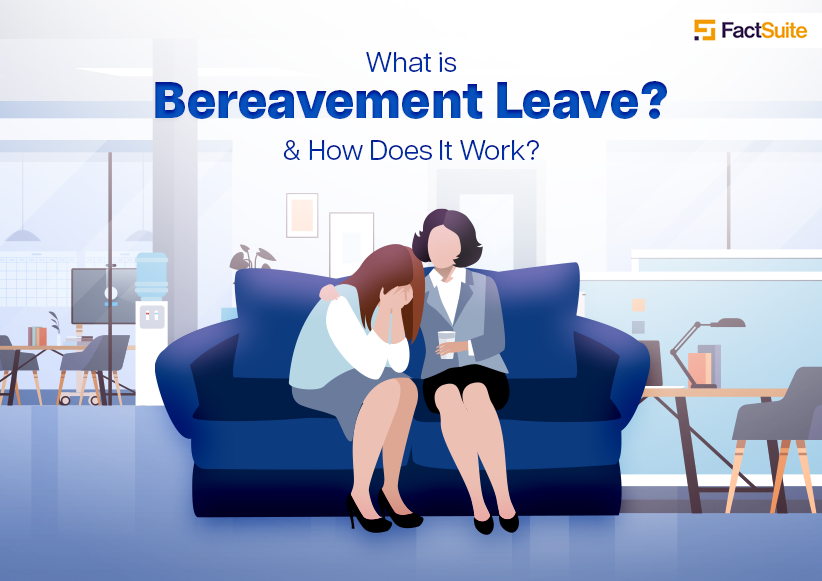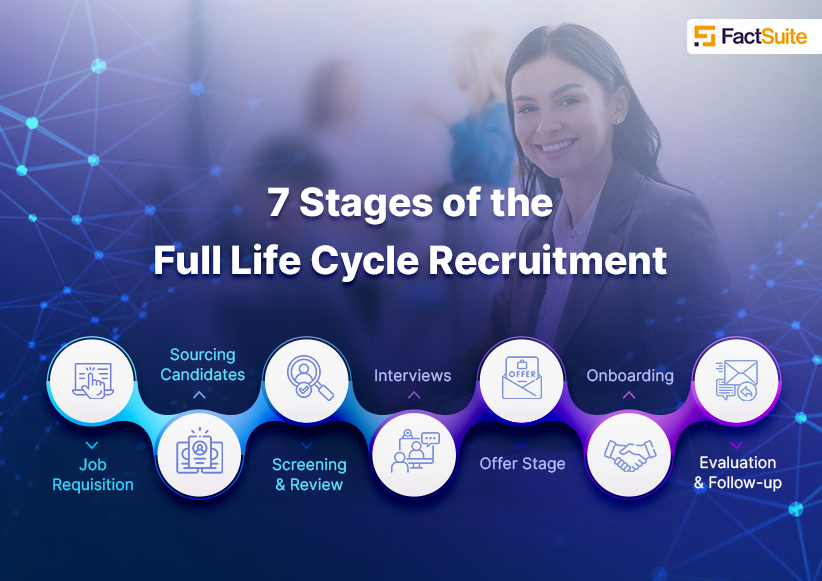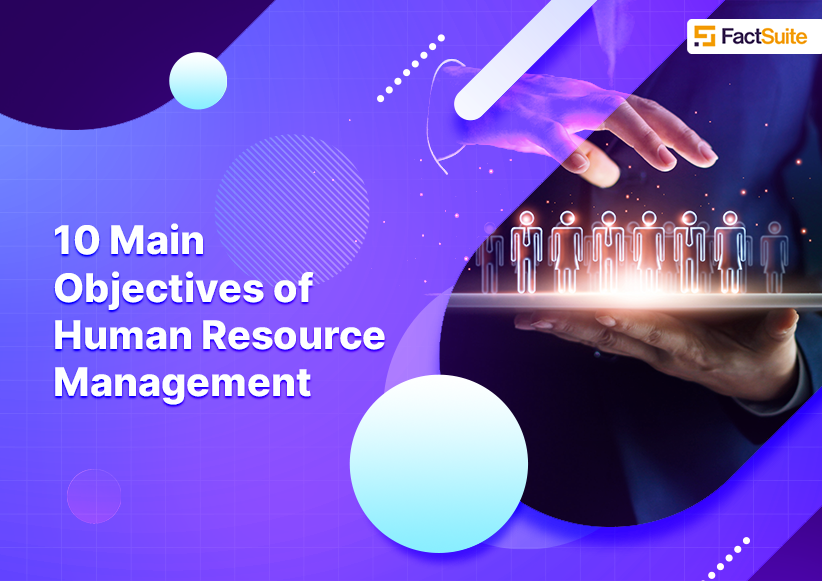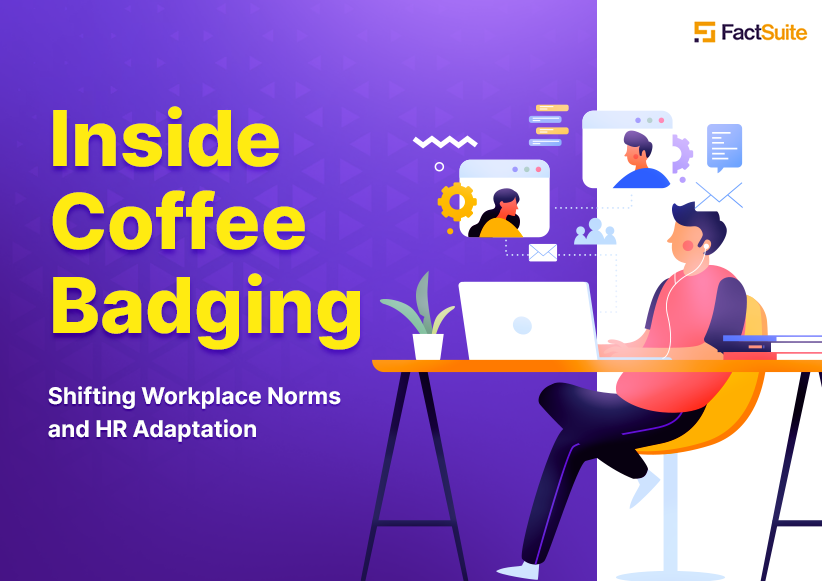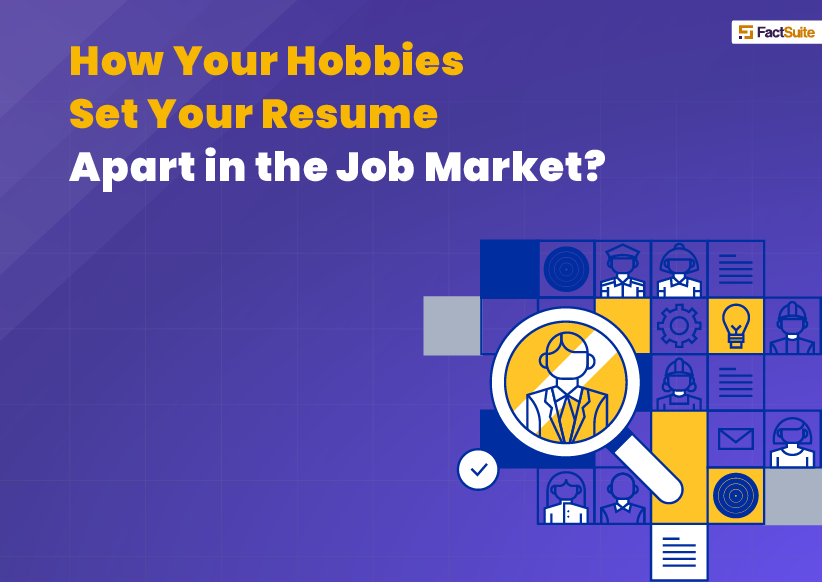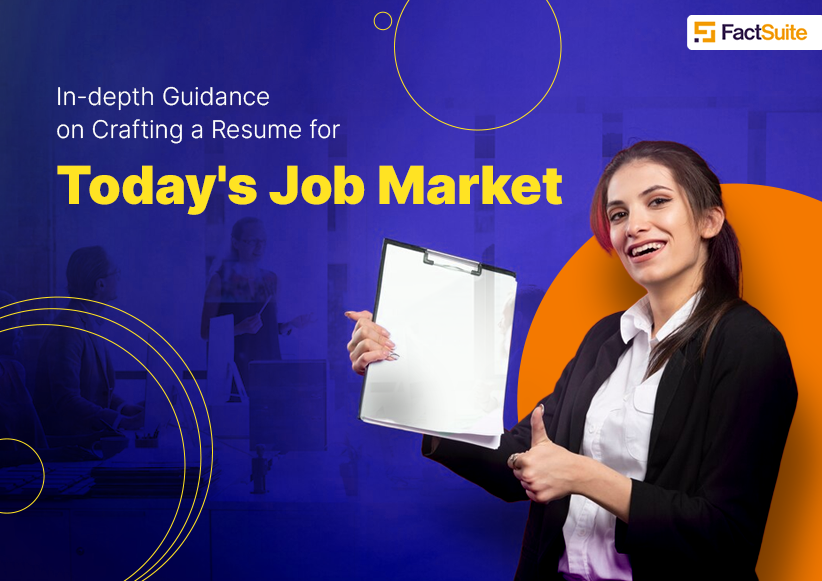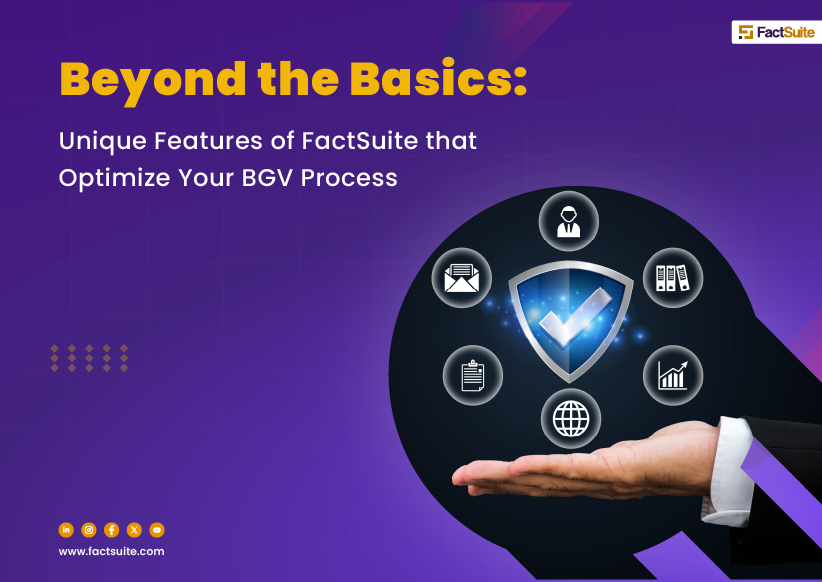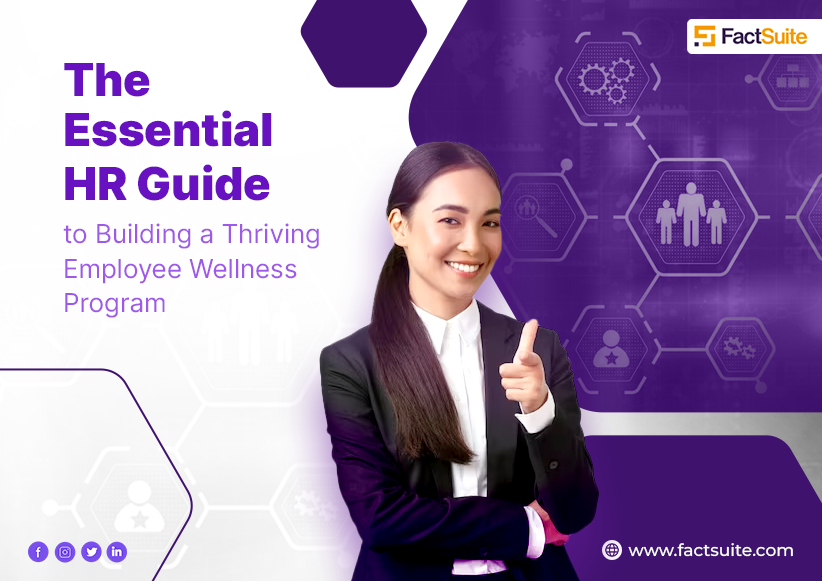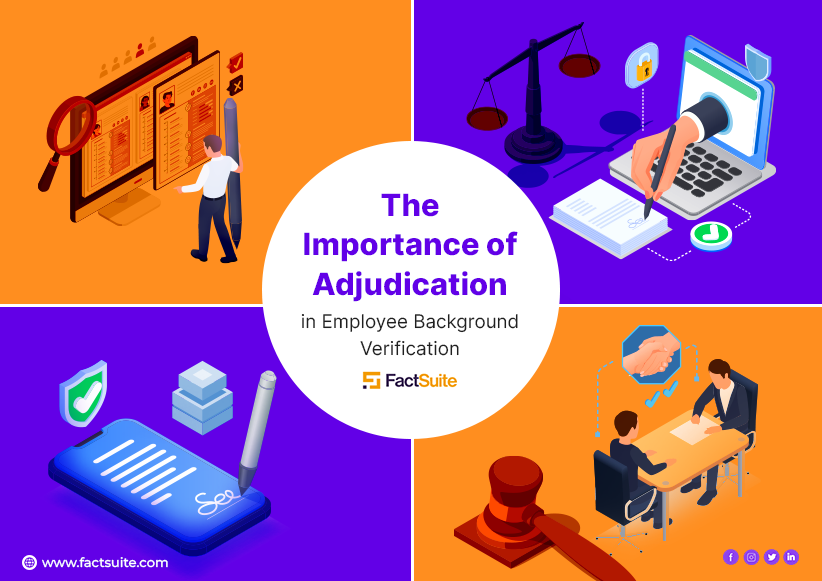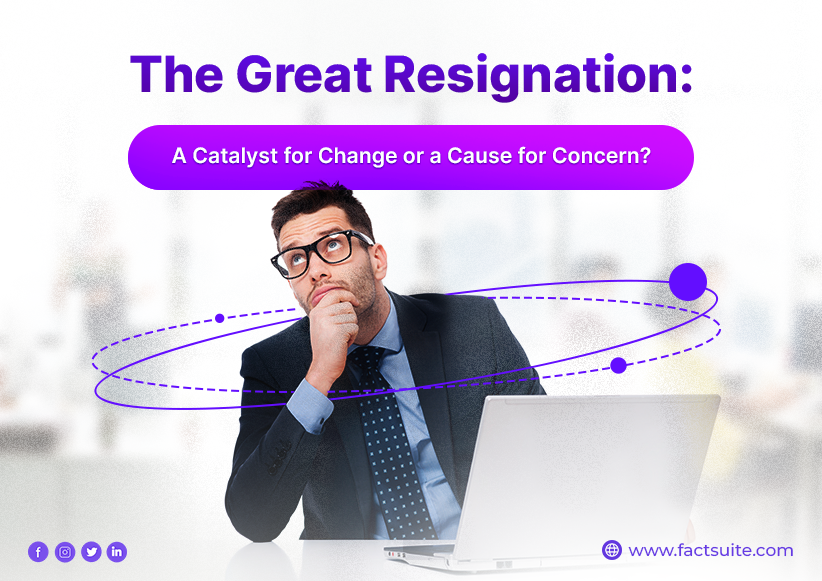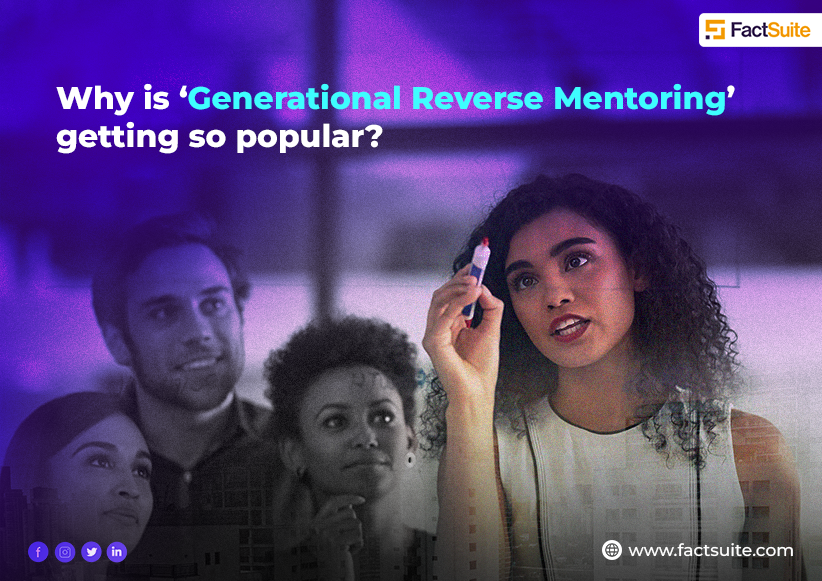Let’s Talk about Healthy Candidate-Interviewer Interaction
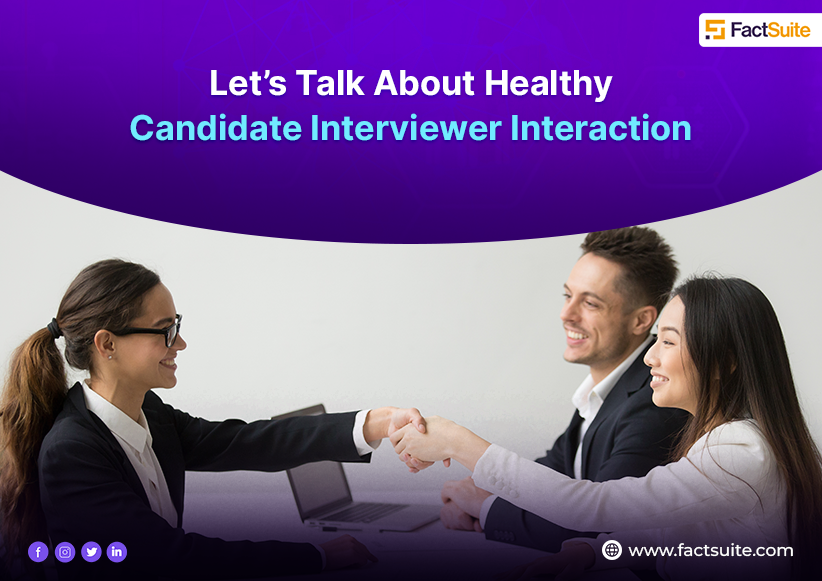
Table of Contents
1. “A Fair Recruitment Process”- the Foundation
2. Benefits Of a Structured/Healthy Interview Communication for Company, Interviewer, And Candidate
- For the Company, Structure Conducts Success
- For the Interviewer, Structure is the Source of Confidence
- For the Candidate, Structure Ensures a Fair Stage
3. Healthy Candidate-Interviewer Interaction- Interviewer Perspective
- Optimizing the Flow for Candidate Satisfaction
- Crafting a Positive and Engaging Experience
- Combating These Negative Outcomes Requires a Multi-Pronged Approach
- Enhancing Transparency and Feedback
- The Bottom Line: Statistics Speak Volumes
4. Healthy Candidate-Interviewer Interaction- Interviewee Perspective
- First Impressions and Projecting Confidence
- Do Your Research, Showcase Your Skills
- The All-Important First Minute
5. Unhealthy Behaviors to Avoid: Interviewer and Interviewee
- From the Interviewer's Perspective
- From the Interviewee's Perspective
Introduction
Today, we address the proverbial elephant in the room: promoting healthy candidate-interviewer interaction, which is a vital component of successful hiring process. This communication in any hiring process should no longer resemble a one-sided interrogation, but rather a well-constructed discussion in which all parties actively participate.
The blog actively examines the vital elements of an effective interview process: it first investigates a fair recruitment procedure’s fundamental aspect, which guarantee diversity within a pool of competent candidates. Next on our agenda is disassembling the roles--of both interviewer and interviewee--to cultivate productive hiring process dialogue. We aim for collaborative discussions that yield valuable insights throughout this exploration. We will delve into the best practices for each party, exploring behaviors that can potentially derail the conversation. The discussion will culminate with key takeaways to ensure a mutually beneficial interview experience.
Whether you are an employer in search of exceptional talent, or a prospective candidate exploring job opportunities: this blog imparts the knowledge of hiring process, empowering you to navigate through interviews confidently and successfully. We shall commence by delving into one vital aspect that underpins all fruitful hiring process interactions—a ‘fair’ recruitment process.
“A Fair Recruitment Process”- the Foundation
Envision an awe-inspiring building: its design is exquisite; its materials are luxurious. Yet, despite these elements of grandeur, a building boasting such merits will inevitably succumb to ruin if it stands upon a shaky foundation. This principle, applicable also in the sphere of interview processes, is crucial for consideration and understanding. The solid ground of a fair recruitment process is the only fertile soil on which a healthy candidate - interviewer interaction can flourish. This process, by guaranteeing an even playing field, draws in individuals with the highest qualifications and potential based on their skills alone - not extraneous factors.
What constitutes a fair recruitment process? A fair recruitment process: it levels the playing field for all candidates, prioritizing skills and potential in any candidate’s job application over irrelevant factors. Moreover, it actively fosters diversity and inclusion. And to discuss its most critical component, it is-
The standardized interview process: It relies on pre-defined questions and a structured format to guarantee that all candidates undergo evaluation using identical criteria; this approach effectively eradicates bias, ensuring an equitable treatment for everyone. Moreover, by removing extraneous factors from consideration, interviewers can concentrate their efforts towards assessing skills in any job application and determining fit without unnecessary concerns.
Benefits Of a Structured/Healthy Interview Communication for Company, Interviewer, And Candidate
For the Company, Structure Conducts Success:
1. Hiring Harmony embraces structured interviews, which resemble a meticulously rehearsed score. They guarantee that all candidates undergo evaluation according to identical criteria. This approach obliterates subjectivity, thus facilitating an objective assessment of skills and potential. The outcome: an escalated probability in pinpointing the 'perfect fit' – an individual endowed with a precise amalgamation of talent and experience, thereby excelling in their designated role. This equates to a workforce imbued with heightened skillfulness and productivity; consequently, it fosters the company's strategic edge at its core.
2. "Diversity Through De-biasing" employs pre-defined questions and a standardized format as a conductor's baton; this approach minimizes the influence of unconscious bias. Companies, by shifting their focus to these objective criteria--rather than subjective impressions--can cultivate an inclusive and diverse hiring pool more effectively. Not only is diversity an imperative for fairness, but it also holds strategic significance: a workforce brimming with diverse perspectives nurtures innovation and problem-solving. Consequently, this enables the company to flexibly adapt to the ever-changing dynamics of a marketplace.
3. Like a well-oiled orchestra, consistent interview formats facilitate smoother and swifter interview processes. The conversation can be streamlined by the interviewers, thus diminishing the time required to evaluate each candidate. Freed from the burden of exhaustive interviews, valuable time and resources become available for interviewers to concentrate on other critical tasks: this includes efficiently onboarding new hires; strategizing future talent acquisition efforts – an operational shift that reaps multiple benefits.
For the Interviewer, Structure is the Source of Confidence:
1. A structured approach equips interviewers with clarity and command. Pre-defined questions on interview questions to ask candidates, act as their sheet music, eliminating the need for on-the-spot improvisation, much like a musician following an already written composition. Boosting interviewer confidence, this strategy of fix on interview questions to ask candidates, ensures comprehensive coverage of all crucial areas. Moreover, it empowers the interviewers to maintain control over the conversation's flow, a key element in successful interviewing.
2. Knowing what to expect reduces stress and enhances focus. This understanding eliminates the burden of crafting questions on the fly. Consequently, interviewers can concentrate their efforts on actively listening to candidate responses, probing deeper into relevant areas. Reducing stress enables interviewers to cultivate presentness in the moment, thereby fostering a dialogue that is not only more productive but also insightful.
3. Objective evaluation brings in more informed decisions. A structured format establishes a common ground for candidate evaluation. This approach enables interviewers to objectively assess skills and experiences based on pre-defined criteria. Consequently, it becomes easier not just to identify but also pinpoint the ideal candidate who aligns most optimally with the requirements of a given role. In turn, this fosters informed hiring decisions: choices that not only bolster the company but also elevate the selected individual.
For the Candidate, Structure Ensures a Fair Stage:
1. Structured interviews, by providing candidates a clear understanding of what to expect, breed confidence. When these potential employees know the format and types of questions, they can prepare effectively. Candidates, armed with a well-rehearsed repertoire of skills and experiences, can confidently display their strengths; thus, they make an enduring impression on the interviewers, demonstrating not only their potential but also leaving no doubt about it.
2. Level playing field is critical for fair assessment. Ensuring a fair opportunity for all, evaluating any candidates’ Job application on identical criteria, unleashes the brilliance of their skills and qualifications. Other factors like educational background or interview style become inconsequential. The top position in this meritocratic environment is open to the most qualified candidate.
3. A well-structured interview, characterized by clear communication from the interviewer and a focus on relevant skills, engenders professionalism and respect and it can become an engaging experience for the candidate. Respectful dialogue can be translated to a positive experience. This creates a lasting impression on the candidate, regardless of the final outcome.
Healthy Candidate-Interviewer Interaction: Interviewer Perspective
The paramount role of the interviewer lies in fostering a healthy candidate interaction. Interviewers, playing more than just an evaluative function for skills, significantly shape and influence the candidate's overall impression of their potential workplace; this ultimately affects whether they accept or decline job offers. Armed with compelling statistics, let us delve deeper into this perspective:
Optimizing the Flow for Candidate Satisfaction:
-
Cronofy asserts that the interview process merely impacts a decision to accept a job offer by an efficiency effect of 2%. This seeming insignificance, though, potentially sways numerous applicants towards accepting offers when they experience streamlined and efficient interviews.
-
The same Cronofy report unveils a troubling statistic: almost half, precisely 49%, of candidates withdrew from the recruitment process because they found lengthy interview scheduling times to be challenging. This highlights an urgent issue, combating scheduling delays.
Crafting a Positive and Engaging Experience:
-
CareerPlug's studies reveal the potent influence of positivity: a negative interview experience can indeed prove detrimental. Shockingly, 18% of candidates rejected job offers directly because they had encountered an unfavorable interview; moreover, and this is equally alarming, another 45% completely disregarded their potential employers after the interviewing process by engaging in what has become known as "ghosting."
Combating these negative outcomes requires a multi-pronged approach:
-
Interviewer training on effective communication skills ensures clear and concise interactions.
-
Creating a welcoming environment puts candidates at ease and fosters open communication.
-
Establishing clear and respectful communication throughout the process sets expectations and reduces ghosting.
-
Cultivating a robust connection with candidates: this is the key to sustaining their engagement and interest in an opportunity.
Enhancing Transparency and Feedback:
-
CandE Research Reports underscore the potent influence of interview candidate feedback. The Feedback Advantage captures a 65% increase in candidate likelihood to endorse their company after being encouraged for input. Indeed, inviting candidates, demonstrating commitment to openness and an unyielding quest for enhancement proves instrumental towards shaping perceptions and attracting potential advocates. Formal mechanisms for collecting interview candidate feedback can be invaluable in refining the interview process.
-
CandE Research Reports reveal a 25% rise in candidates who are informed about salaries without asking, promoting the expectation of transparency around compensation. To attract more informed candidates and set clear expectations, early discussion regarding salary ranges is advisable. This accounts for 20% of Salary Transparency, an essential factor in recruitment strategy.
The Bottom Line: Statistics Speak Volumes:
A direct impact on hiring success stems from positive interview experiences. Candidates who report a favorable encounter are 38% more likely to accept job offers, according to Glassdoor. Additionally, research by Brazen reveals that over half - specifically 52% - of prospective employees’ value clarity regarding post-interview procedures and expectations. Clear timelines, feedback on job fit, and assessment performance - these factors all contribute to an elevated experience: they pave the way for a more positive encounter. Consequently, they boost acceptance rates.
Healthy Candidate-Interviewer Interaction- Interviewee Perspective
The interview stands as a crucial step towards your dream job: an unavoidable part. Yet, we cannot deny its potential to induce nerve-wracking experiences! Understanding what interviewers seek, however, can convert this anxiety into confidence. With that insight in hand, you'll successfully navigate through the process with poise and assurance. Let's delve deeper into the interviewee perspective, armed with some key statistics:
First Impressions and Projecting Confidence:
-
Interviewers meticulously observe non-verbal cues, allocating 40% of their decision-making process to voice and smile. A shaky voice or a forced smile, symptoms of insufficient confidence, often lead to rejection. Hence, it is crucial that one practices interview responses in advance. Furthermore, smiling not only conveys warmth but also enhances approachability which is an indispensable asset in any professional interaction.
-
This demonstrates attentiveness and interest. A staggering 65% of interviewers reject candidates who neglect to establish eye contact; therefore, this simple action holds significant weight. Throughout the interview process, it's imperative that you maintain consistent eye-contact. However, take caution not to stare intensely as such behavior may be perceived as aggressive; an attribute certainly best avoided in professional settings.
-
These specifically possess a potent power: they speak volumes. For instance, when one crosses their arms, it can signal defensiveness. In fact, Inc. reports that 20% of interviewers reject candidates solely because this non-verbal cue is interpreted as an uncooperative attitude or closed-off demeanour. To counteract such misinterpretations, maintain an open posture; lean in slightly when listening and use hand gestures naturally to emphasize your points. These actions will project engagement and receptiveness rather than defensiveness or disinterest.
-
Dress for Success. Indeed, Inc. discloses a compelling statistic that 71% of interviewers dismiss candidates lacking appropriate attire. Thus, the importance becomes clear. Delve into company culture research and correspondingly tailor your dress, projecting an image that is professional and polished not only demonstrates respect but also underlines how seriously you regard this opportunity.
Do Your Research, Showcase Your Skills:
-
Twin Employment reports a staggering 47% of interviewers who dismiss candidates lacking essential company knowledge. To showcase your authentic interest in the organization and its mission, delve into research. Explore not just their website but also their social media platforms and relevant news articles.
-
LinkedIn reports that interviewers commonly employ behavioral questions to assess soft skills such as teamwork, problem-solving and communication in their candidates. Indeed, these types of inquiries are utilized by 75% of employers. To prepare effectively for this approach, craft compelling narratives from your past experiences that highlight the efficacy of these abilities. A strategic emphasis on showcasing transferable capabilities will undoubtedly enhance your competitive edge.
The All-Important First Minute:
-
Initiating with a strong start proves significantly crucial. Studies reveal that interviewers often formulate their initial opinion within approximately the first minute and a half of an interview, that's merely 33% total time. Therefore, commence robustly by offering a firm handshake; maintaining confident eye contact, which conveys competence, trustworthiness, and engagement is equally paramount. Finally, culminating this powerful introduction, deliver your opening statement in crisp clarity coupled with brevity as it sets the tone for all ensuing discourse.
Unhealthy Behaviors to Avoid: Interviewer and Interviewee
From the Interviewer's Perspective:
-
Arriving unprepared with out an overview of resumes or a clear interview plan.
-
Rushing the interview or leaving the candidate anticipating prolonged durations.
-
Dominating the conversation with excessive speaking and not allowing the candidate to speak.
-
Using unprofessional language, jargon, or making discriminatory comments.
-
Not offering clear information about the position's responsibilities, salary range, or subsequent steps.
-
Letting subconscious biases cloud judgment and overlooking qualified applicants.
-
Failing to create welcoming surroundings for all candidates.
From the Interviewee's Perspective:
-
Neglecting to analyze the company, the function, or the interviewer ahead.
-
Failing to tailor responses to demonstrate know-how of the employer and position.
-
Arriving late, dressed inappropriately, or with a poor appearance.
-
Exhibiting body language that conveys disinterest or loss of confidence (e.G., crossed arms).
-
Delivering rambling or unclear answers, lacking articulation or sturdy communication abilties.
-
Speaking negatively about previous employers.
-
Projecting vanity or entitlement.
-
Not researching average salaries for the location and setting unrealistic expectancies.
